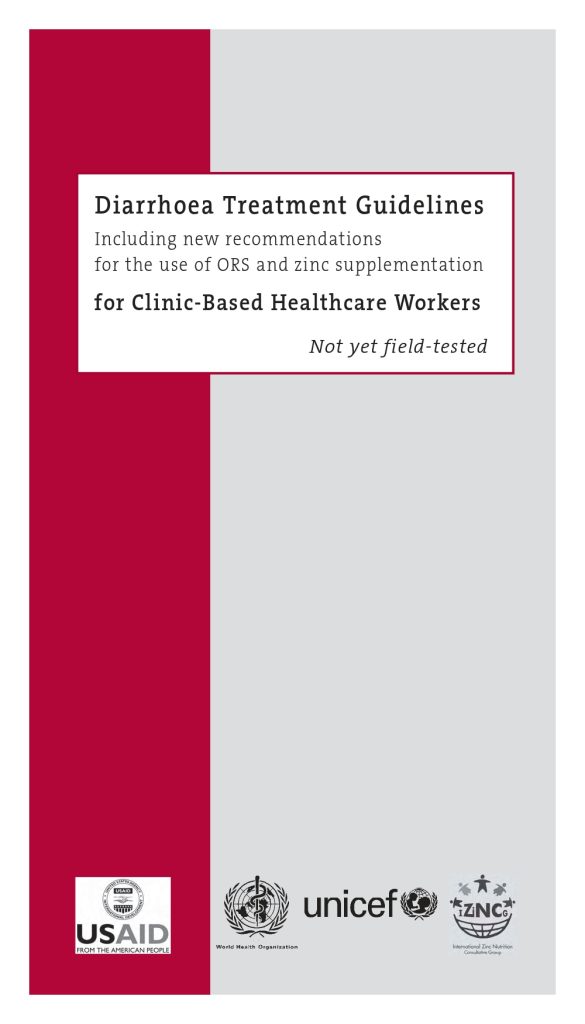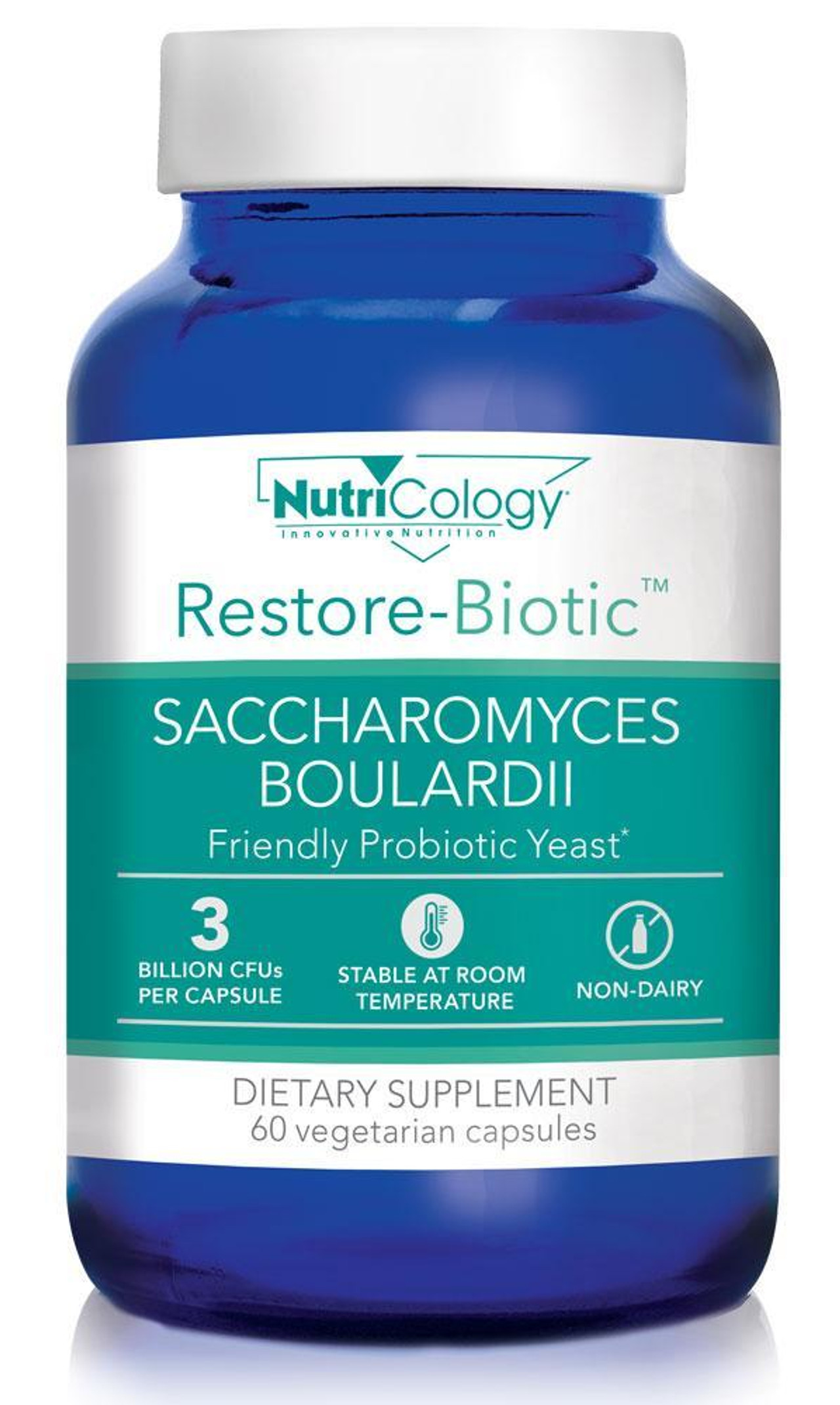How Much Saccharomyces Boulardii Should I Take

Imagine you're backpacking through Southeast Asia, sampling street food with reckless abandon. Or perhaps you're battling a nasty bout of antibiotic-induced gut distress. In both scenarios, a tiny microorganism might just be your digestive system's best friend. It’s called Saccharomyces boulardii, and it's making waves in the world of probiotics.
But how much of this beneficial yeast should you actually be taking? That's the burning question we're going to unravel. This article aims to provide a comprehensive guide to S. boulardii dosage, considering various factors like age, condition being treated, and individual needs, ensuring you harness its power safely and effectively.
Understanding Saccharomyces boulardii
Saccharomyces boulardii is a unique type of probiotic yeast, distinctly different from the bacterial probiotics you might be more familiar with. Discovered by French microbiologist Henri Boulard in 1923, it was originally isolated from lychee and mangosteen fruit after he observed locals using the fruit to treat diarrhea.
Unlike many probiotics that are susceptible to stomach acid, S. boulardii is remarkably resilient. This allows it to reach the intestines intact, where it exerts its beneficial effects. These effects are primarily focused on restoring balance to the gut microbiome, combating harmful bacteria, and reducing inflammation.
The Gut Microbiome Connection
The gut microbiome is a complex ecosystem of trillions of microorganisms, including bacteria, fungi, viruses, and other microbes. Maintaining a healthy balance within this ecosystem is crucial for overall health, impacting everything from digestion and immunity to mood and even brain function.
Disruptions to the gut microbiome, often caused by factors like antibiotics, poor diet, stress, or travel, can lead to various health issues. S. boulardii can help restore this balance by crowding out harmful bacteria and promoting the growth of beneficial ones.
Recommended Dosage: A General Overview
While the optimal dosage of S. boulardii can vary, there are general guidelines based on scientific research and clinical experience. These guidelines often differ based on the condition being treated and the age of the individual.
For adults, a typical daily dosage ranges from 250 to 500 mg, taken in one or two divided doses. For children, a lower dosage may be recommended, usually around 250 mg per day.
Dosage for Specific Conditions
The recommended dosage may need to be adjusted depending on the specific condition you are trying to address. Here's a closer look at some common uses and associated dosage recommendations:
Antibiotic-Associated Diarrhea
Antibiotics, while essential for fighting bacterial infections, can wreak havoc on the gut microbiome, often leading to diarrhea. S. boulardii is frequently used to prevent or treat antibiotic-associated diarrhea.
A dosage of 500 mg per day, started at the same time as the antibiotics and continued for at least a week after completing the antibiotic course, is often recommended. Some studies suggest continuing S. boulardii for up to four weeks after antibiotics for optimal gut restoration.
Traveler's Diarrhea
Traveler's diarrhea, a common ailment among travelers to foreign countries, is often caused by consuming contaminated food or water. S. boulardii can help prevent and alleviate symptoms.
A prophylactic dose of 250 to 500 mg per day, started a few days before travel and continued throughout the trip, may reduce the risk of developing traveler's diarrhea. If diarrhea does occur, the dosage can be increased to 500 mg twice daily.
Clostridium difficile Infection (CDI)
Clostridium difficile (C. difficile) is a bacterium that can cause severe diarrhea and colitis, particularly after antibiotic use. S. boulardii has shown promise in preventing and treating C. difficile infection, often in conjunction with antibiotics.
A dosage of 500 mg twice daily, in combination with antibiotics, is commonly used in clinical settings. It's important to note that S. boulardii should not be used as a standalone treatment for C. difficile infection but as an adjunct to conventional medical care.
Inflammatory Bowel Disease (IBD)
While more research is needed, some studies suggest that S. boulardii may be beneficial for individuals with inflammatory bowel disease (IBD), such as Crohn's disease and ulcerative colitis. It may help reduce inflammation and improve gut barrier function.
Dosage recommendations for IBD vary, but a range of 250 to 500 mg per day is often used. It's essential to consult with a healthcare professional to determine the appropriate dosage and treatment plan for IBD.
Factors Influencing Dosage
Several factors can influence the optimal dosage of S. boulardii. These include:
- Age: Children generally require lower dosages than adults.
- Severity of Condition: More severe conditions may warrant higher dosages.
- Individual Tolerance: Some individuals may be more sensitive to S. boulardii and require lower dosages.
- Underlying Health Conditions: Certain health conditions, such as compromised immune systems, may affect the appropriate dosage.
Potential Side Effects and Precautions
Saccharomyces boulardii is generally considered safe for most people. However, as with any supplement, some potential side effects and precautions should be considered.
The most common side effects are mild digestive symptoms such as gas or bloating. These are usually temporary and resolve on their own.
In rare cases, S. boulardii can cause more serious side effects, particularly in individuals with weakened immune systems. Fungal infections are a rare but potential risk in immunocompromised individuals. People with central venous catheters should also exercise caution due to the potential for fungemia (fungal infection in the blood). Always consult your healthcare provider before taking any supplements, especially if you have underlying health conditions or are taking medications. This will ensure that S. boulardii is safe and appropriate for you.
Choosing a Quality Supplement
When choosing a S. boulardii supplement, it's essential to select a reputable brand that adheres to good manufacturing practices (GMP). Look for supplements that have been third-party tested for purity and potency.
Check the label to ensure that the supplement contains a sufficient amount of S. boulardii, typically expressed in colony forming units (CFUs). Also, consider whether the supplement is vegetarian or vegan, depending on your dietary preferences. Be mindful of potential additives or allergens that may be present in the supplement.
Listening to Your Body
Ultimately, the best approach to determining the appropriate dosage of S. boulardii is to listen to your body and work with a healthcare professional. Start with a lower dosage and gradually increase it as needed, paying attention to any side effects.
Keep a journal of your symptoms and dosage to track your progress. This information can be valuable for you and your healthcare provider in optimizing your treatment plan.
A Gut Feeling
Navigating the world of probiotics can feel like exploring a vast and complex landscape. Saccharomyces boulardii offers a promising avenue for supporting gut health, but understanding the nuances of dosage is key. By considering the factors outlined in this article, and consulting with your doctor, you can confidently harness the power of this remarkable yeast to nurture your gut and improve your overall well-being.
The journey to a healthier gut is a personal one. Armed with knowledge and a mindful approach, you can make informed decisions that empower you to thrive.


















